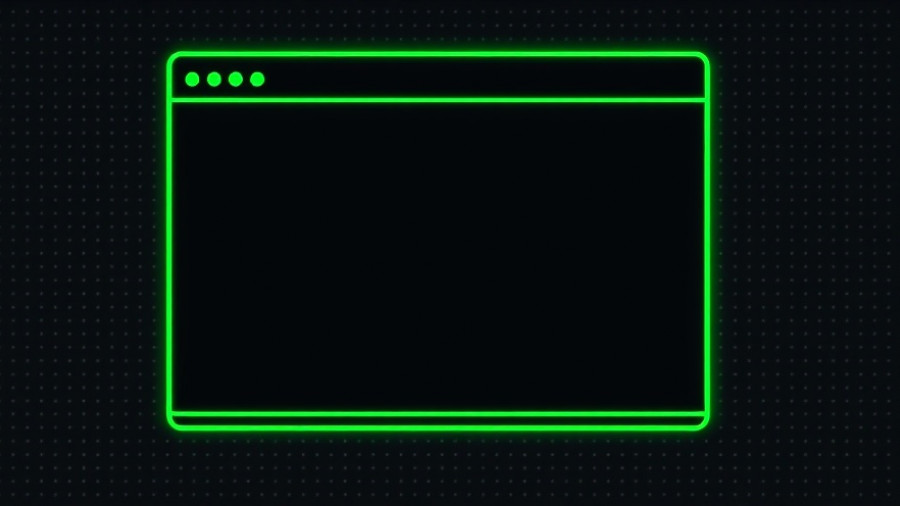
Unlocking Creativity in Game Development with UMG
In the fast-evolving landscape of game development, Unreal Engine’s User Interface tool, UMG (Unreal Motion Graphics), stands out as a beacon for innovators seeking to elevate their projects. At a recent presentation during Unreal Fest Orlando, Joey, a UX designer at UEFN, provided a comprehensive initiation into UMG. His insights are a vital resource for anyone from budding developers to experienced designers looking to create engaging user interfaces in their games.
In UI 101: Getting Started with Unreal Motion Graphics for UEFN, Joey discusses the essentials of creating user interfaces, providing insights that warrant further analysis on how these concepts impact aspiring developers.
Why UMG is Essential for Game Developers
UMG allows developers to create visually appealing user interfaces that enhance the player's experience. Joey emphasized that building user interfaces can feel overwhelming. Still, with the right insights, the process becomes not only manageable but also enjoyable. As you dive into UMG, starting with the basics of UI elements like devices and content widgets is crucial.
Key Components: Devices and Content Widgets
Devices serve as the foundational building blocks of UI in UMG, akin to low-level gameplay logic. They come equipped with default UIs but can lack advanced customization options. For nuanced and intricate designs, UMG enables the use of user widgets that present substantial flexibility and creative freedom.
Content widgets, which include text, images, and widgets switchers, are essential for displaying information dynamically. For example, a health bar widget can be sculpted to visually reflect player stats, thus improving engagement. This versatility makes content widgets vital for any game ranging from educational to entertainment, clearly aligning with the interests of technology and AI enthusiasts among Africa's women entrepreneurs.
Principles for Effective UI Design
Joey shared three principles to guide effective UI design in UMG:
- Keep it Simple: Avoid unnecessary complexity; instead, leverage straightforward layout widgets like overlays and stack boxes.
- Understand Container Relationships: Be mindful that layout widgets adapt in size based on their largest content element.
- Prioritize Alignment: Ensure widgets adapt responsively to various screen sizes by anchoring them correctly within the UI.
These principles emphasize maintaining clarity and usability, critical factors for any successful application.
Future Insights: The Importance of View Models
One of the most significant innovations discussed was the integration of view models which act as the connective tissue between devices and UMG. They enable real-time updates within the UI, reflecting player actions and game states seamlessly. As developers become familiar with this capacity, the horizon for interactive and immersive gaming experiences broadens considerably.
Empowering African Women Entrepreneurs
For African women entrepreneurs in tech, understanding tools like UMG not only enhances project quality but also empowers them to establish a unique presence in the gaming industry. With increased access to sophisticated design tools, these innovators can create captivating user experiences, thereby driving growth in fintech, AI, and gaming sectors.
Final Call to Action: Start Your UMG Journey Today!
If you're eager to bring your game ideas to life, the tools presented in Joey's talk offer a solid foundation. Dive into the UMG editor and start experimenting with widgets, layouts, and devices to unleash your creative potential. The future of your game could be just a few clicks away!
 Add Row
Add Row  Add
Add 




Write A Comment